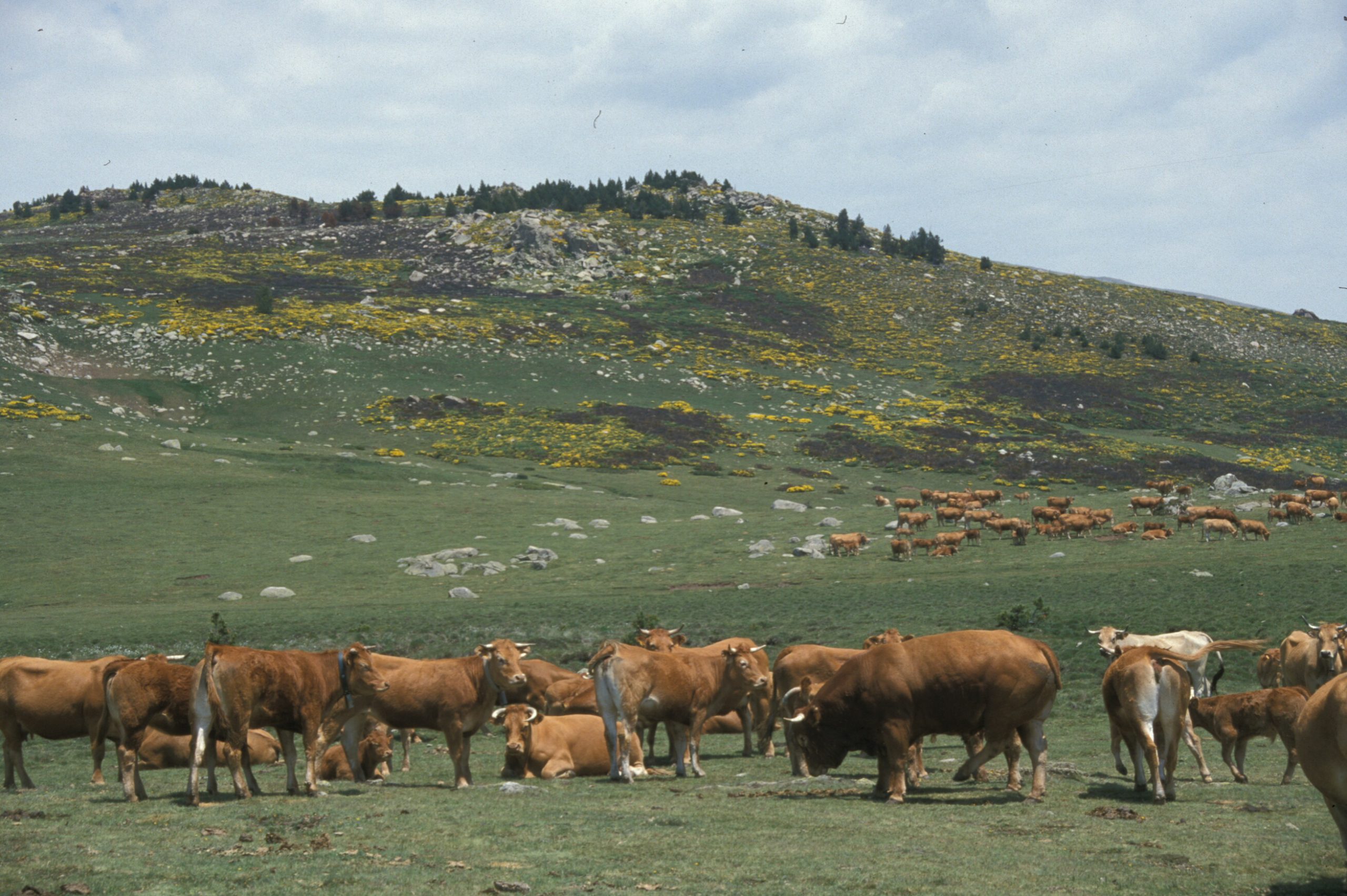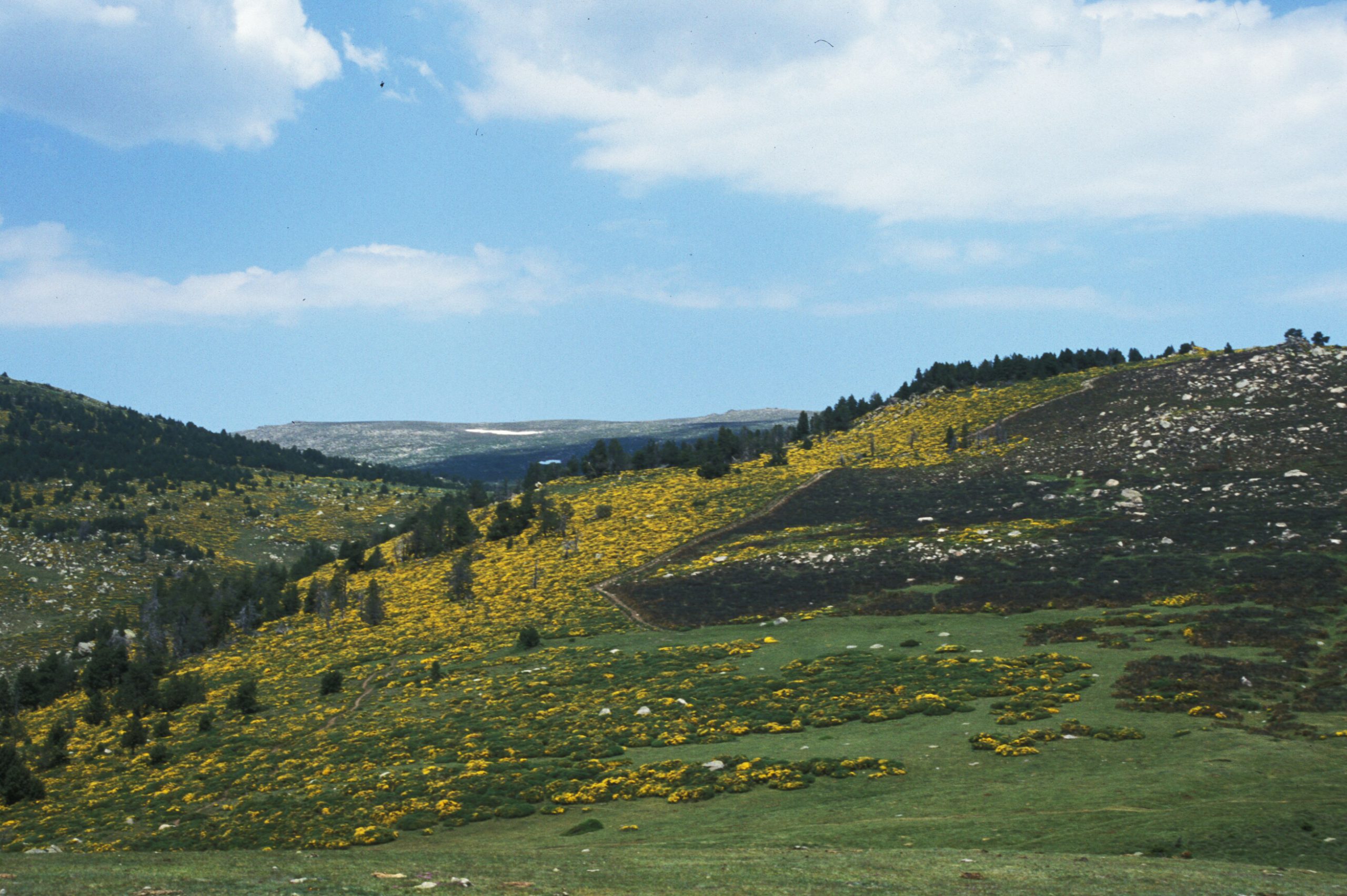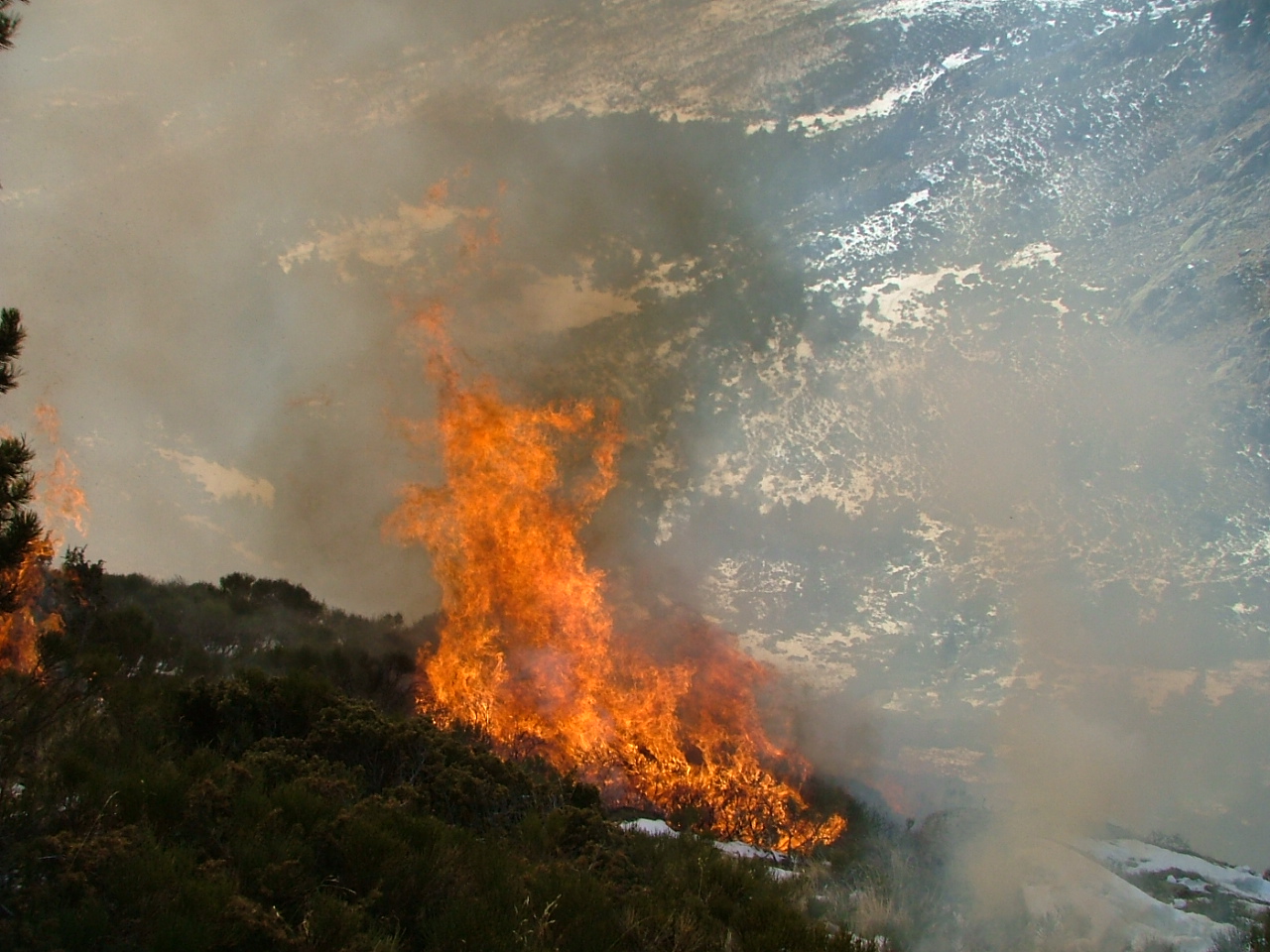ENVEITG
A LONG HISTORY OF PASTORAL COMMUNITIES IN THE PYRENEES
A few kilometers from the Spanish border, at the Eastern Pyrenees, lies the French village of Enveitg. This territory, imbued historically with the Catalan language and culture, placed at the heart of the “Cerdanya” region, which is today present both in France and Spain, offers vast uplands where strong environmental and heritage traditions come together and are perpetuated by ancient pastoral and agricultural practices. Pastoralism survives today against the backdrop of a difficult global context of rural depopulation, fallow land, rewilding, and climate change.
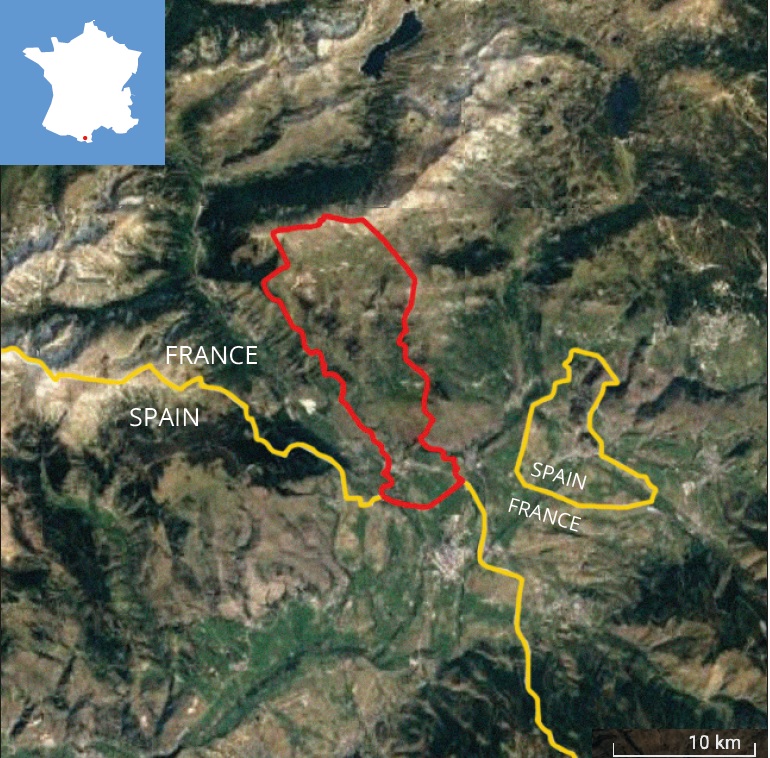
Since the Neolithic period, the history of this area has been closely linked to pastoralism and agriculture, which have developed over time under the influence of the oro-Mediterranean climate. Archaeology has uncovered numerous sites dating from that earliest period to modern times (Christine RENDU, « La Montagne d’Enveig – Estive Pyrénéenne », 2003).
Enveitg is a study window on how pastoralism is still maintained today in European mountain areas. This region is undergoing a growing social attractiveness, while it still disposes of vast pasturelands with important social functions that are complementary to the ancestral pastoral, agricultural and forestry uses of the territory. Some of the most prominent are hunting or green tourism, which in order to be sustained through time need to take into account environmental and heritage expectations.
CHALLENGES
THE KEY ROLE OF TRADITIONAL PLANT BURNING
Controlled fire is a practice for the maintenance and regeneration of high-altitude pastures, carried out generally during the winter period. It consists of burning plant species not consumed by livestock and that progressively invade the pastures, diminishing the resources available to the herds and closing up the landscape. This tool is currently used mainly in non-mechanizable areas, with the aim of creating and maintaining fire breaks and good pastoral areas. It is also used to promote related floristic diversity and to train firefighting services. This practice and related pastoral landscape constitute the living rural heritage of this IRIS study area.
However, controlled fire is not new on this area, nor in the Mediterranean pasturelands, in which it played a crucial role in the long-term history of the Mountain grazing areas, – as in Enveitg (1600-2600 meters above sea level (masl))- and the establishment of the typical Mediterranean mountain pastoral open landscapes.
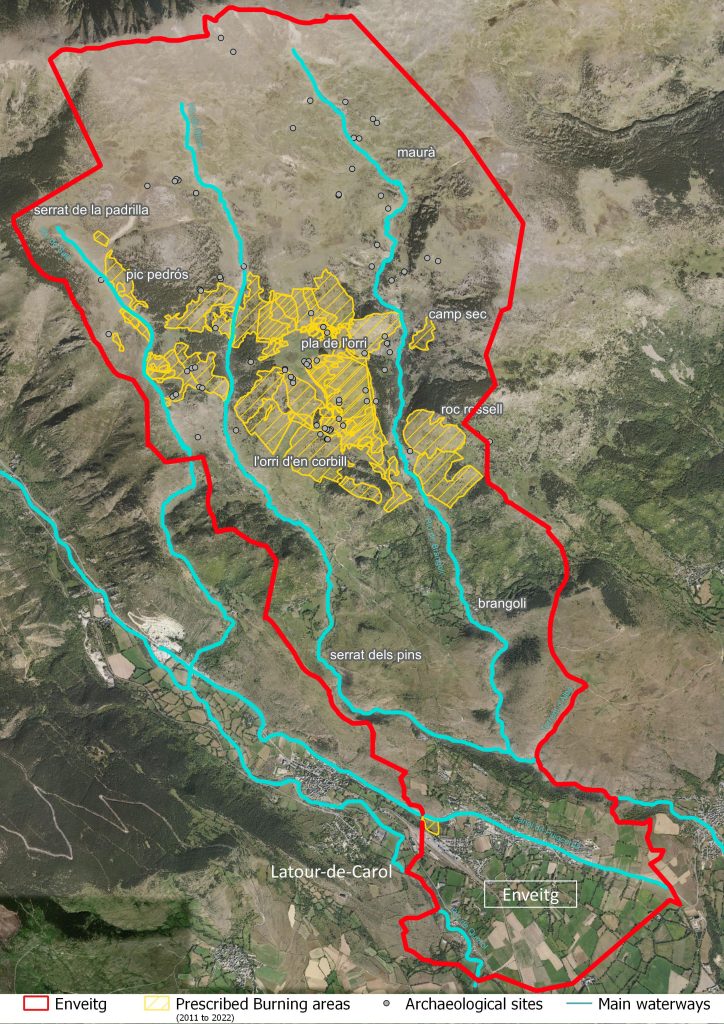
In Enveitg as elsewhere in the Pyrenees, controlled burning techniques were transmitted from father to son and practiced at any time of year even if specially in winter, generally on very small open areas and selectively. Since the 1970s, as elsewhere in this region, there has been a generation gap of 30 years where much of the practice was abandoned until it was re-introduced again.
In the 1990s, this was one of the first sites in the department of Pyrenees-Orientales designated for the experimental reopening of pastures through controlled burning. And today it is a widely used tool for maintaining pastoral areas, managing biodiversity and conserving high-quality grasslands. The evolution of agricultural practices and abandonment and depopulation in many cases, has led to a generalized overgrowth of plants, particularly on pastoral extensively managed areas.
Thus, the traditional use of fire is adapted today to meet the new social demands on these environments.
PERSPECTIVES
TRADITION CONSERVATION AND SUSTAINABLE DEVELOPMENT
Unfortunately, current practices of extensive countryside management have led to increasing abandonment of land (rural depopulation began in the 19th century and only deepened throughout the 20th), resulting in the inevitable and uncontrollable overgrowth of woody vegetation and the loss of high-quality grasslands and their related biodiversity. On the opposite way, controlled fires highly contribute to conserve the highlands and shape valuable pastoral landscapes through time.
Nowadays, prescribed burning is regaining its importance in landscape management and plays a crucial role in biocultural heritage conservation. Its traditional use is constantly being adapted to meet the new and ever-changing social demands on the management of these environments, and it is now mainly implemented by fire professionals at the request of livestock farmers.
In the current context of climate change and the increasing frequency and severity of wildfires, this practice is always framed and organised by fire professionals (French administrative units -ONF, SDIS, UIISC, RTM…), coordinated and managed by the pastoral structure “société d’élévage”, while it includes training for the local people who are involved in maintaining these traditions safely and adapting them for the future.
The controlled burnings of the last 30 years have mainly taken place at mid altitude in Enveitg (1600-2200 masl), where rewilding was particularly significant between the 1970s and 1990s. At the same time, the recovery of this practice has also allowed the discovery of unknown and unsuspected archaeological sites obscured by vegetation such as broom.

